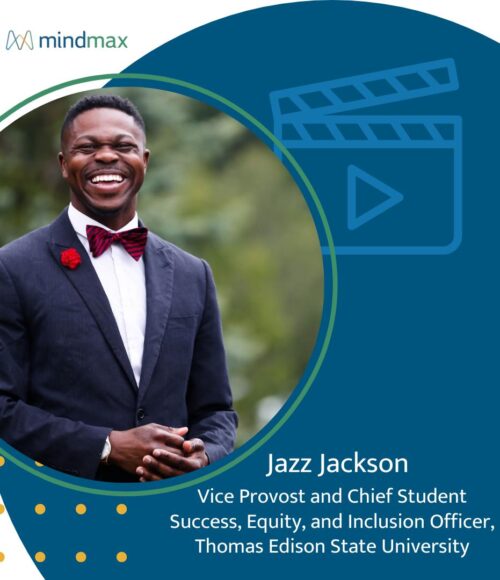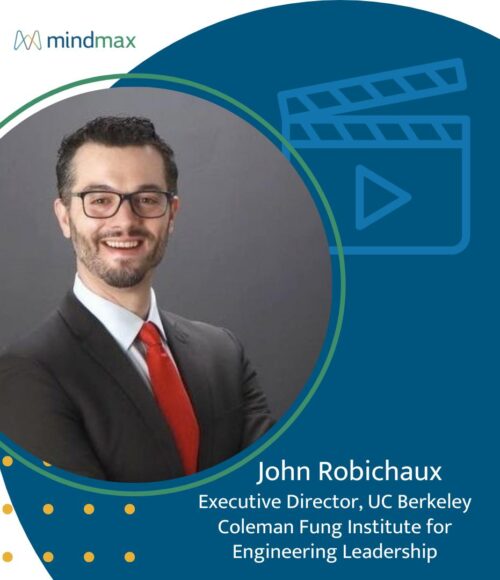Higher Education Trends in Executive Education

In a 2021 survey conducted by Financial Times, more than 25% of Chief Learning Officers (CLOs) expressed intentions to increase their budgets for executive education in 2021. More than half said they would maintain 2020 spending levels.
It’s clear that employers are committed to providing development opportunities for middle and senior managers. So what’s on the horizon for executive education?
I recently hosted an interactive panel with Chief Learning Officers to discuss this issue with leaders in the higher education community. Our panelists included:
- Nancy Coleman, Ed.D., Dean of the Division of Continuing Education and University Extension, Harvard University
- Steve Mostyn, Associate Fellow, Saïd Business School
- Jason R. Weber, Associate Vice Chancellor, Leader and Culture Development, Texas Tech University System
What followed was an excellent conversation about the changing face of executive education. I’d like to share some of the insights from that conversation today. To hear more, you’ll have to watch the webinar!
Reimagining and Redesigning Executive Education
My first question was: What do you see emerging in terms of reimagining and redesigning executive education? Any key themes in the space between executive education and higher education trends?
Steve Mostyn
Steve kicked off the conversation by saying he has seen an increased understanding that organizations are trying to build leadership capability, particularly around navigating uncertainty. “It’s beyond just the C-suite,” he explained, adding that more mid-level leaders are participating.
Steve also commented that “in addition to CLOs, local managers and leaders are being empowered to spend their own budgetary money” on executive education.
Jason Weber
Jason acknowledged that the pandemic disrupted organizations in a number of different ways. “I think the reality we’re facing is that we can’t just pick up where we left off,” he said. “We really are starting over with our teams. And one of the main focus points for us has been determining how to develop effective relationships knowing that we’ve all been impacted differently.”
Trends in leader development are now centered more around emotional intelligence, empathy, and understanding the impact of change. Equally important, there is a real consensus that training can’t be “one and done.”
“It’s hard to pull leaders away from their daily duties, so we’ve had to get creative and focus more on drip campaigns,” Jason explained. “We take a theme, and each week, we send an email or a short podcast episode or a brief video recording—whatever makes the most sense.”
Nancy Coleman
Nancy agreed with Jason that the days of “one and done” training are gone. “There’s no longer a prescriptive pathway for executive education or professional development,” she said. “It’s very personalized.”
She has also observed a higher education trend concerning the format of training. “It used to be that executive education involved coming to a place and spending 3-4 days focusing on a topic, and it’s not like that now,” said Nancy. “It’s more like a lifelong commitment. It could be a 2-day course or a 2-hour webinar. And there’s a constant need to follow up learning with something that builds on it.”
Finally, Nancy spoke about a “real growing hunger” to increasingly develop global business competencies: the ability to understand people from difficult cultures and work in different groups, making connections and coming together for a common good.
The minute you ask someone to teach, they get nervous and say, ‘Tell me again about how that works.’ And they become learners as well. People are engaged with learner curiosity, and if a leader is modeling that as a teacher, they’re inching toward the culture change they’re trying to accomplish in their context.
Steve Mostyn, Associate Fellow, Saïd Business School
Reinforcing the Skills Learned from Executive Education
My next question centered on continuous learning via coaching and post-executive education follow-up: What is being done to help reinforce the skills an individual learns from an executive education experience?
Jason Weber
Time and again, Jason has observed that executive leaders tend to believe they don’t need training if they’ve reached a certain position. “I like to joke that if someone is telling me they don’t need training, they probably need training,” said Jason.
To that end, Jason stressed that leader development is an ongoing journey. Recently, he has been focused on asking the question, “Do our executive leaders understand how to identify development goals when working with coaches?”
Nancy Coleman
Nancy spoke about the misconception that leadership development and skills training are for employees who are weak in particular areas. “Often, managers send their people to training or professional development without really understanding the curriculum,” Nancy said.
To be effective, however, there needs to be a deeper partnership between managers and their reports—including follow-up when an individual is finished with an executive education experience to ask what they learned and what’s next.
“We have an innovative women’s leadership program that includes women leaders and their bosses,” Nancy explained. “They experience the program together, and it creates a partnership where both parties are learning and moving forward and gaining value from the experience that will make them more effective in their jobs.”
Steve Mostyn
Steve encourages organizations to embrace a “leaders as teachers” approach. “I’ve found that this approach makes learning stick because it’s all about context,” he said. “Often, we bring in a senior director or vice president to co-teach with faculty.”
“Another benefit,” he added, “is that the minute you ask someone to teach, they get nervous and say, ‘Tell me again about how that works.’ And they become learners as well. People are engaged with learner curiosity, and if a leader is modeling that as a teacher, they’re inching toward the culture change they’re trying to accomplish in their context.”
Watch the Full Conversation
My discussion with Nancy, Steve, and Jason spanned additional topics, including how to make training cost-effective for small organizations and how to measure the impact of executive education. I invite you to watch the full conversation below and welcome any feedback you have. Connect with me on LinkedIn, and let’s continue the discussion!
Related Ideas
Jazz Jackson Wants to Help Every Student Finish What They Start

John Robichaux Wants Lifelong Learning to Drive Public Impact
